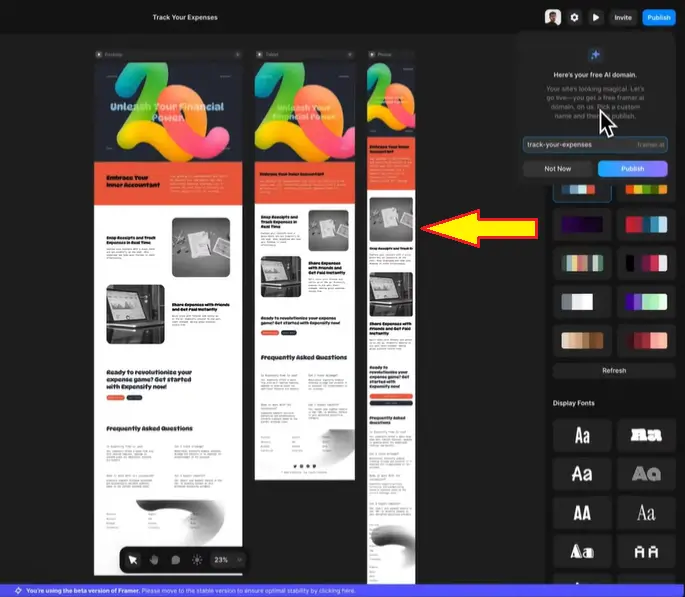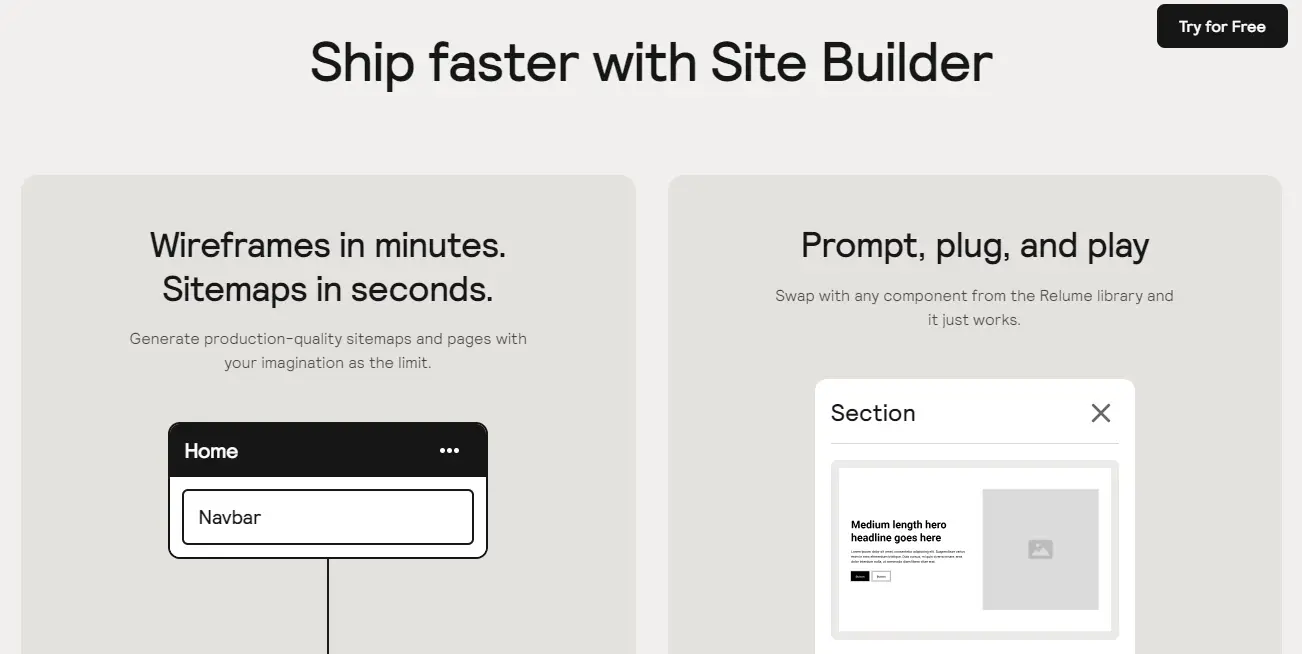In today’s fast-paced digital world, the ability to create powerful, responsive, and professionally designed websites is no longer the exclusive domain of experienced developers. The rise of no-code web development platforms has transformed the landscape, making it possible for entrepreneurs, designers, startups, and organizations of all sizes to build sophisticated websites without writing a single line of code. As we move into 2025, this trend continues to gain momentum, with several platforms leading the way in terms of usability, features, and scalability.
What is a No-Code Web Development Platform?
A no-code web development platform is a software tool that allows users to build websites and web applications through graphical user interfaces and configuration rather than traditional programming. These platforms simplify complex processes through visual drag-and-drop editors, pre-built components, and integrations that facilitate workflows and third-party services.
The key benefits of no-code platforms include:
- Speed: Launch websites much faster compared to traditional development.
- Accessibility: Non-technical users can manage and update websites independently.
- Cost-efficiency: Reduced need for full-scale development teams lowers expenses.
- Flexibility: Easily scalable and customizable with built-in tools and plugins.
Let’s take a closer look at the top no-code web development platforms of 2025 that are revolutionizing the industry.
1. Webflow
Webflow continues to be an industry favorite in 2025, widely regarded for its high design flexibility, professional-quality output, and performance. It bridges the gap between designers and developers, allowing users to implement custom layouts using CSS, HTML, and JavaScript logic—all through a visual interface.
Key Features:
- Advanced visual editor with CSS grid and flexbox support
- Responsive design tools
- Powerful CMS for blogs and content-driven websites
- SEO optimization tools
- Robust e-commerce functionality
Webflow is ideal for agencies, freelancers, and enterprises that want total design control without compromising speed or scalability.

2. Bubble
Bubble has long been a standout in the no-code development space due to its strong application-building capabilities. In 2025, it remains one of the best options for building complex web applications without needing a traditional backend.
Key Features:
- Visual programming logic
- Built-in database and drag-and-drop UI builder
- API connector for third-party integrations
- User authentication and privacy rules
- Real-time app updates and version control
Bubble is particularly suited for startups aiming to quickly prototype and launch SaaS products or dynamic platforms.
3. Wix Studio
Wix has evolved far beyond its early reputation as a beginner website builder. With the introduction of Wix Studio, the platform offers advanced design capabilities with a powerful and more professional feel, rivaling traditional development environments.
Wix Studio Highlights:
- Enhanced layout tools with grid-based design
- Dynamic pages with CMS integration
- Collaboration tools for teams and agencies
- Custom animations and scalable vector graphics (SVG)
- AI-assisted design features and layout suggestions
Perfect for design-driven businesses, digital marketing firms, and content creators who value visual impact without technical hassle.
4. Framer
Originally known for its prototyping power, Framer has made significant strides to become a top-tier web development platform in 2025. It combines a design-first approach with intuitive interaction creation, offering real-time collaborative editing and deployment all in one place.
Key Advantages:
- Integration with Figma for seamless design import
- Real-time updating and responsive layout capabilities
- Built-in SEO and analytics tools
- Custom components and animations
- Lightning-fast hosting based on global CDN
Framer is ideal for agencies looking to streamline the path from design to launch, as well as for personal users wanting polished, professional portfolios.

5. Softr
Geared towards building client portals, internal tools, and lightweight websites, Softr offers a simple yet powerful way to produce web applications directly from Airtable and Google Sheets. It’s gaining strong traction in 2025 for its easy integration with existing business tools and user databases.
Notable Features:
- Start from data: build apps using Airtable or Google Sheets
- Template-driven design options
- Membership and user access control built in
- Payment integration via Stripe and PayPal
- Custom branding and domain configuration
Softr is a great pick for small businesses, educators, and operations teams that want functional web apps without technical dependencies.
6. Editor X by Wix
Editor X is Wix’s more technical sibling, designed for professionals and agencies looking to create responsive websites with pixel-perfect design control. It retains all the perks of the Wix ecosystem while allowing more layout precision thanks to CSS grid capabilities.
What Stands Out:
- Responsive breakpoints for all screen sizes
- CSS-level design flexibility
- Multi-user collaboration
- Marketplaces for add-ons and third-party apps
- Fast deployment with integrated hosting
Editor X is best suited for medium to large teams that want to balance creative freedom with operational efficiency.
7. Tilda
Tilda has gained an international following for its sleek, typography-centric interface and minimalist design options. Catering to landing pages, digital storytelling, and editorial content, it has carved a niche in lean, design-forward web creation.
Why Choose Tilda:
- Modular block system with over 550 pre-designed elements
- Zero Block for full design customization
- Built-in animation and microinteraction tools
- Support for SEO and lead generation workflows
- Excellent for visual content creators and marketers
With its focus on design elegance and simplicity, Tilda is a favorite among writers, designers, and creative agencies.
Honorable Mentions
- Carrd: Ideal for quick, single-page websites and portfolios.
- Dorik: Offers blazing-fast static hosting with clean design aesthetics.
- Pory: Easily spins up web portals directly from Airtable databases.
- Glide: Specializes in turning Google Sheets data into sleek mobile and web apps.
Choosing the Right Platform in 2025
When selecting the best no-code platform for your project, it’s important to evaluate a few key factors:
- Use Case: Do you need a static business website, a dynamic web app, or an internal tool?
- Design Flexibility: How much creative control do you require?
- Database Integration: Is real-time data important to your functionality?
- Scalability: Can the platform grow with your business and users?
- Budget: Consider both upfront and long-term maintenance costs.
There is no one-size-fits-all. Each platform shines in different areas, and the best choice depends entirely on your unique needs and technical comfort level.

Final Thoughts
No-code web development platforms have redefined how digital experiences are crafted. Whether you’re launching a new product, testing a business idea, or creating a high-end online presence, the tools available in 2025 are far more refined, capable,
